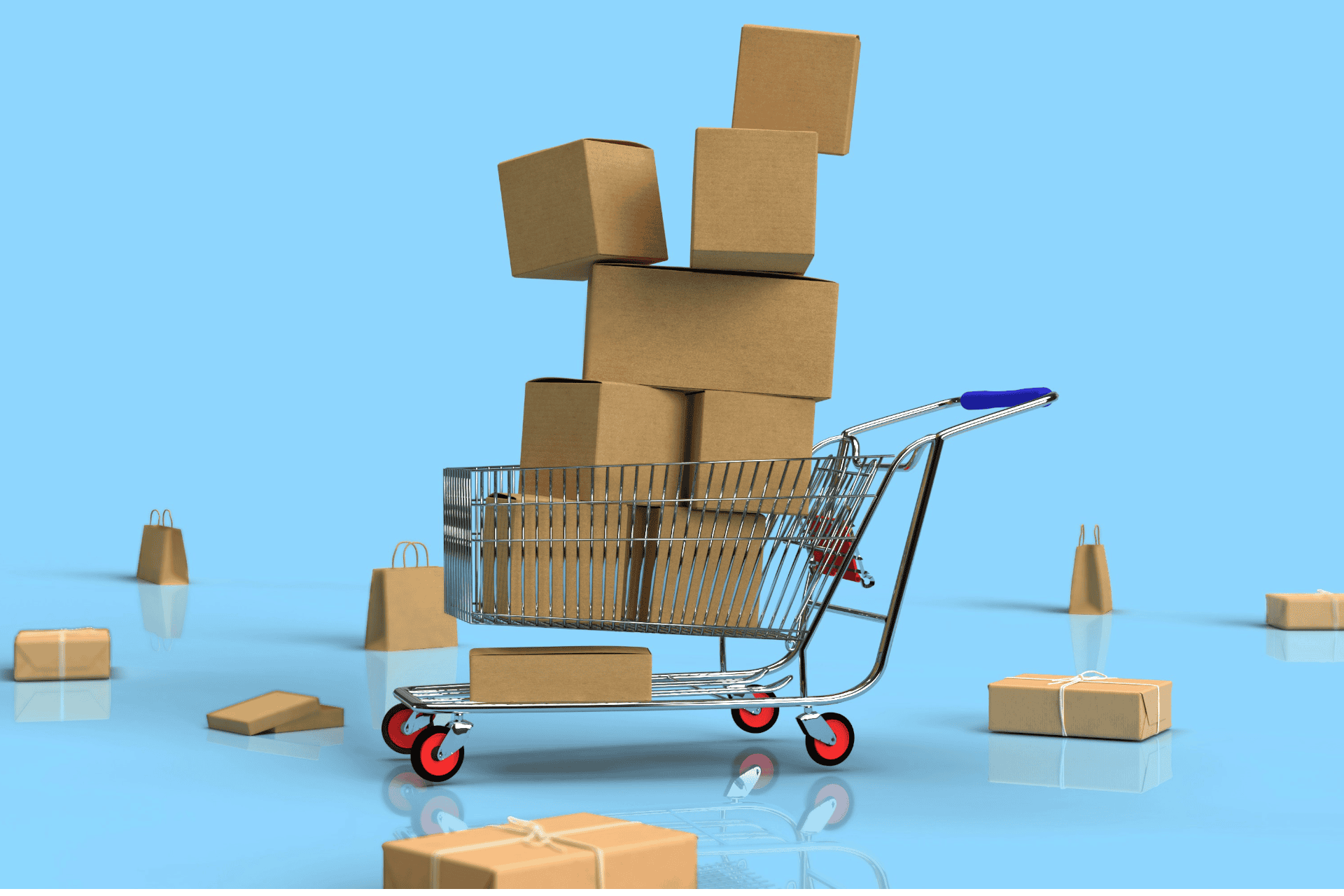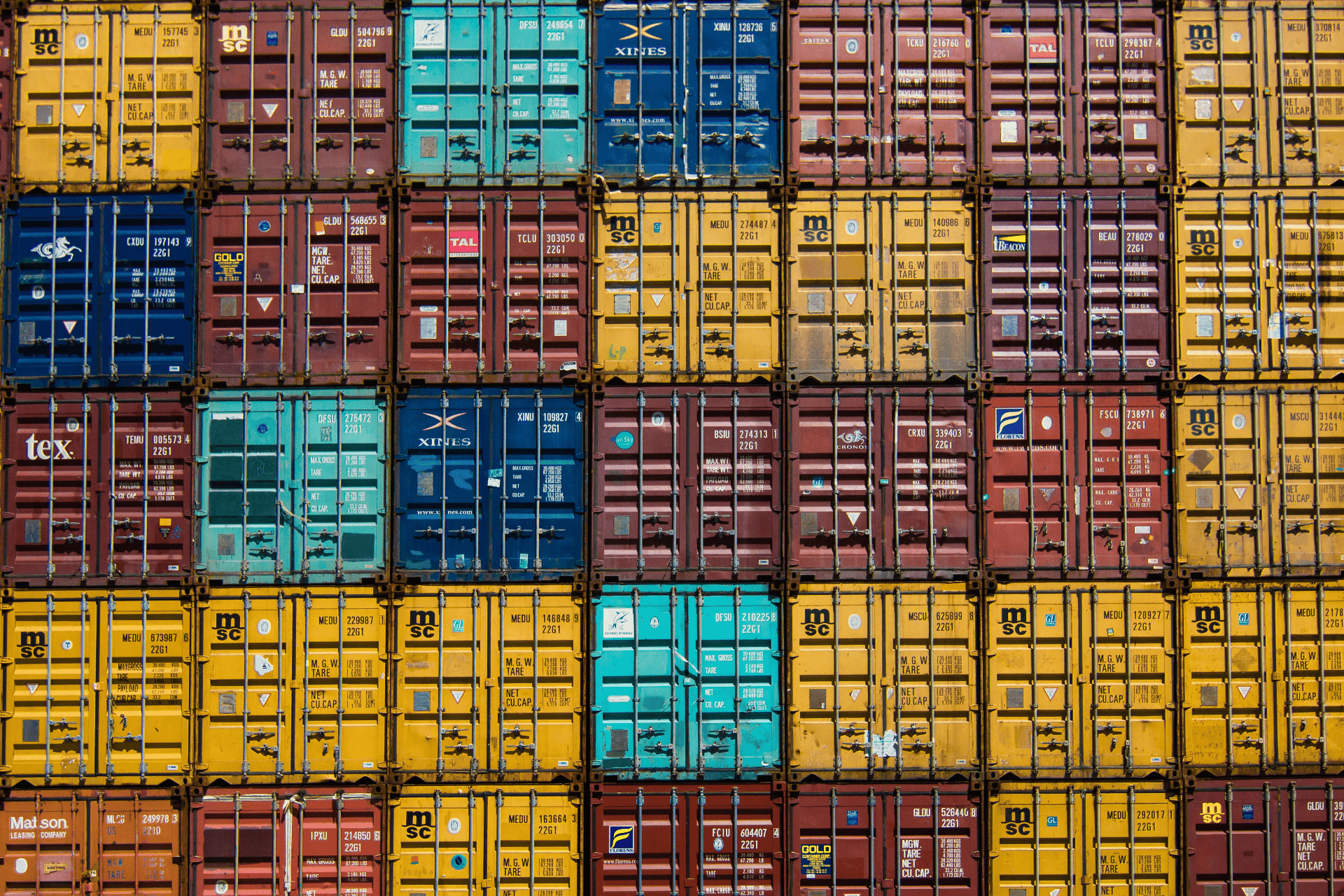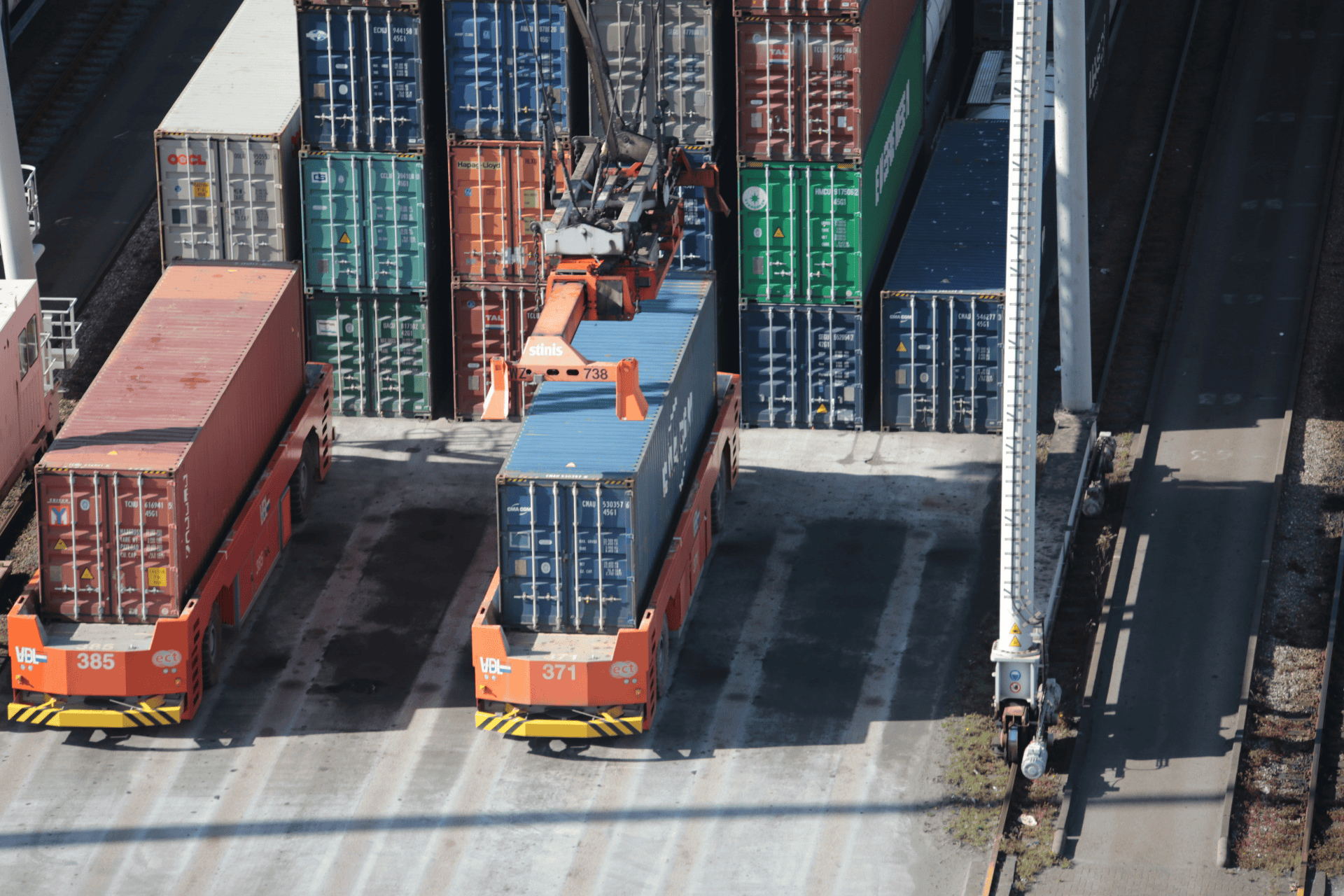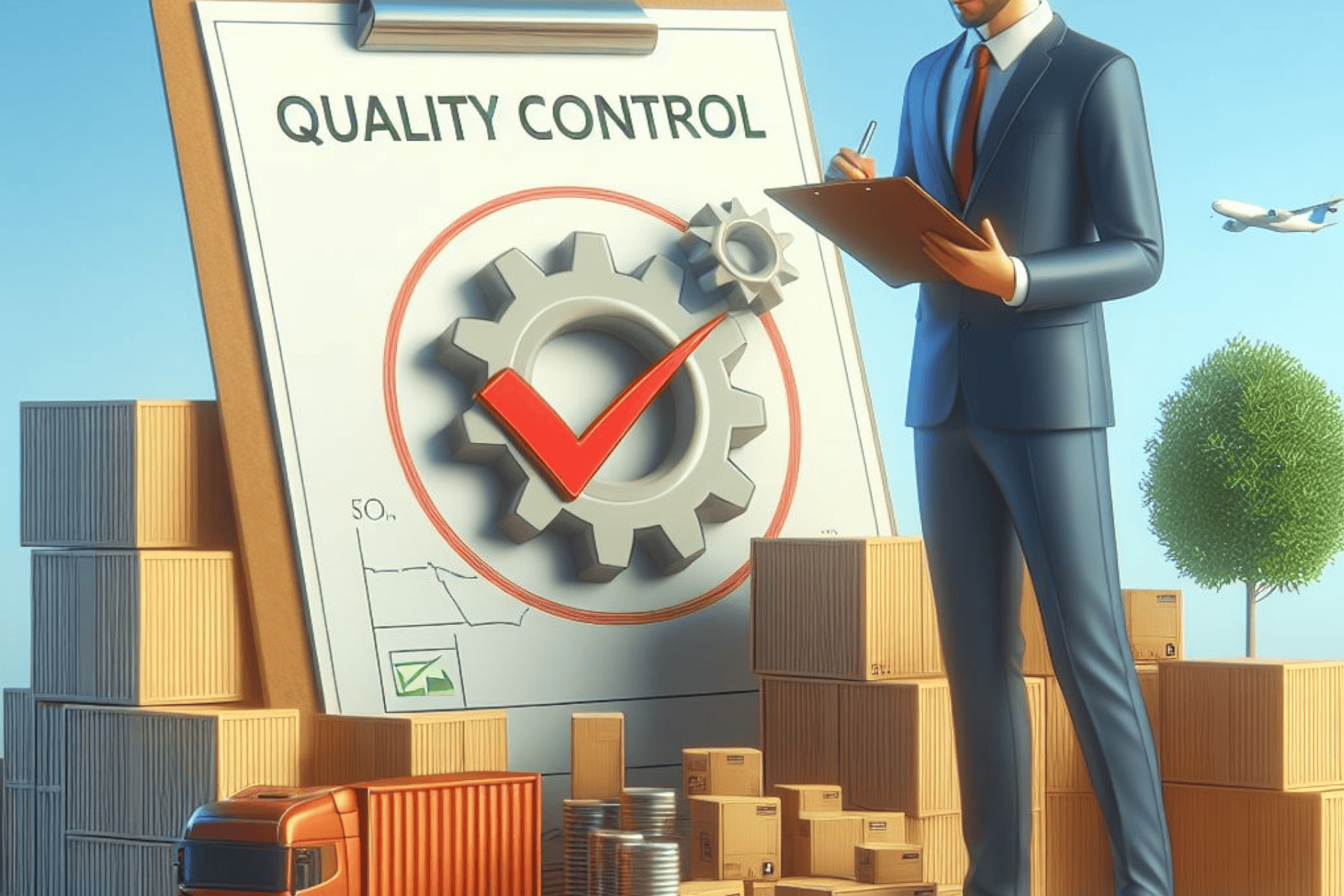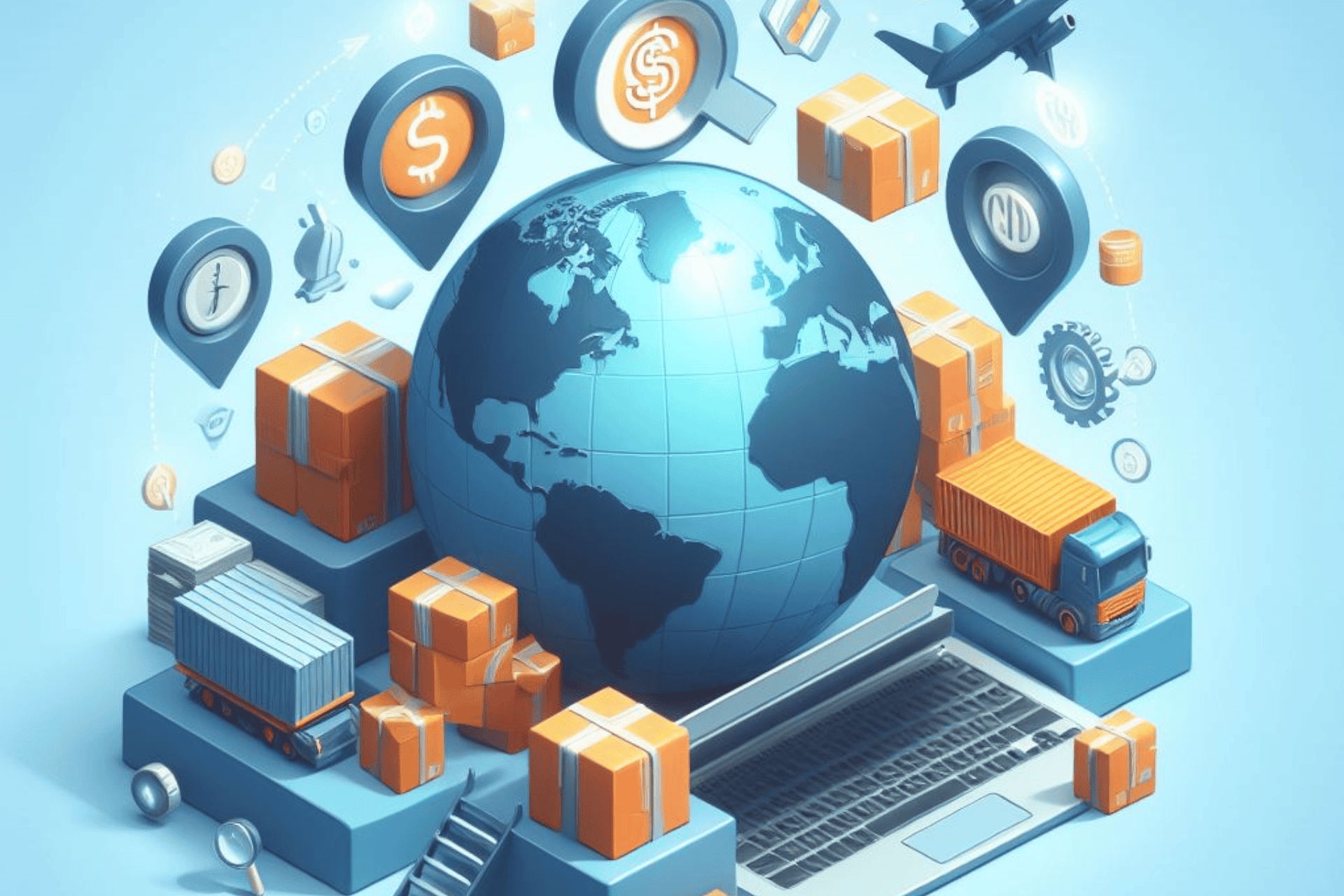Incorporating sustainable packaging and logistics practices in global supply chains is vital for businesses committed to environmental stewardship. By adopting eco-friendly packaging materials, optimizing transportation processes, fostering collaboration, and tracking sustainability metrics, businesses can contribute to a greener and more responsible global economy. Sustainable packaging and logistics not only help businesses meet their sustainability goals but also appeal to environmentally conscious consumers who seek products from socially and environmentally responsible companies. By prioritizing sustainability, businesses can create a positive impact on the environment and position themselves as leaders in global supply chain sustainability.
Sustainable Packaging
Packaging plays a crucial role in protecting products during transit, but it can also generate significant amounts of waste. To address this issue, businesses are increasingly turning to sustainable packaging solutions. This includes using materials that are recyclable, biodegradable, or made from renewable resources. Additionally, businesses can reduce packaging waste by optimizing package sizes, employing minimalistic designs, and encouraging the use of eco-friendly packaging materials among their suppliers. Sustainable packaging not only minimizes the environmental footprint but also resonates with environmentally conscious consumers who prioritize sustainable products.
Green Logistics
Logistics operations have a substantial impact on carbon emissions and energy consumption. By adopting green logistics practices, businesses can minimize their environmental footprint while ensuring the efficient movement of goods. This includes optimizing transportation routes to reduce fuel consumption and emissions, utilizing fuel-efficient vehicles or alternative energy sources, and implementing strategies to consolidate shipments and reduce empty miles. Additionally, businesses can explore the use of intermodal transportation and promote the adoption of eco-friendly practices among logistics partners. Green logistics not only benefits the environment but also contributes to cost savings and operational efficiency.
Collaboration and Innovation
Achieving sustainability goals in packaging and logistics requires collaboration and innovation throughout the supply chain. Businesses can collaborate with suppliers, packaging manufacturers, and logistics providers to find sustainable solutions that meet their specific needs. This can involve joint efforts to reduce packaging waste, develop innovative packaging materials, and optimize transportation processes. Collaboration and innovation are key drivers for achieving meaningful change and driving sustainability across global supply chains.
Tracking and Reporting
To ensure the effectiveness of sustainable packaging and logistics practices, businesses should track and report relevant metrics. This includes measuring carbon emissions, waste reduction, and energy consumption throughout the supply chain. By collecting and analyzing data, businesses can identify areas for improvement, set targets, and demonstrate their commitment to sustainability through transparent reporting. Tracking and reporting also enable businesses to benchmark their progress and seek continuous improvement in their sustainability efforts.
Related Information






















